|
by Davin Savikko Riverbend Elementary, Kindergarten I will share the story of how I used the SEE/THINK/WONDER routine when I brought 6 salmon into my kindergarten class. I love this routine for its simplicity: What do you see? What do you think you know (in this case about salmon)? And what does this make you wonder? This routine is a great way to get my students more engaged with a piece of art – or in this case – a topic (salmon). I started out by laying a number of salmon (both Pink and King) around the room on tables. Actually, I started by giving my kids a direct order: “You can’t say ‘Ew!’ – you have to say, ‘Cool’– or something like that." (Unfortunately, that order was not as successful as the use of the SEE/THINK/WONDER routine…but it was pretty funny to hear the kids continually saying ‘Ew!’ and then have 20 other kids yell at them not to say that). Kids were then encouraged to move throughout the room to touch, draw and talk about what they see/notice about the salmon. We then regrouped at the front of the room and I posed the question “What do you think you know about salmon?”. I recorded the kids thinking on butcher paper. The kid’s thoughts ranged in complexity – from simple thoughts and details: “I think tails help fish swim” and “If they don’t live in water they will die” To more in depth details: “The fin right here (points to gills) helps the salmon breathe” and “I think they (salmon) have slime on them so if they go in a seal’s mouth they can slip right out”. That is another thing I really like about using this thinking routine – it allows for multiple entry points for kids depending on their observational skills and/or prior knowledge. Some of the ‘thinking’ was very literal about what they saw from the salmon in the room: “King salmon have dots on their bodies” and other ‘thinking’ obviously came from prior knowledge the student had come in with “You can only keep a King Salmon if it’s size is big enough”. The student’s comments would often build off the comments of their peers. Sometimes it would directly contradict what a classmate had just stated – for instance, right after the claim about the gills helping a fish breathe, another student made the claim: “I think that that fin (points to rear fin) goes under their body and helps it breathe”. All thoughts were recorded by me, word for word, with no corrections or judgements. I then took a different piece of butcher paper and posed the question, “What do you wonder about salmon?” Like the “I think I know” process, some of the wonderings were related to what the students actually observed from the salmon in the room, while others were from prior knowledge or wonderings in general. “I wonder what that little fin on top does?” “I wonder how salmon can breathe under water?” “I wonder how old fish are?” After all the ‘Wonderings’ were recorded I grouped the students around me for the dissection of a few salmon. It was only at this time did I reveal/deliver any of information about salmon – a good 30 minutes into the lesson. All previous talk had been strictly kid generated. Every student in my class was engaged. How often can I say that?
The dissected salmon were then put back on tables and students were encouraged to engage in the same process we used to start the routine – touching, talking and drawing what they saw.
0 Comments
Leave a Reply. |
ArtStoriesA collection of JSD teachers' arts integration classroom experiences Categories
All
|
|
|
Artful Teaching is a collaborative project of the Juneau School District, University of Alaska Southeast, and the Juneau Arts and Humanities Council.
|
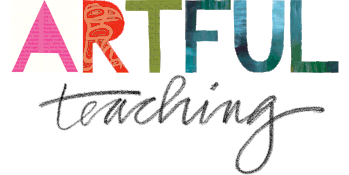
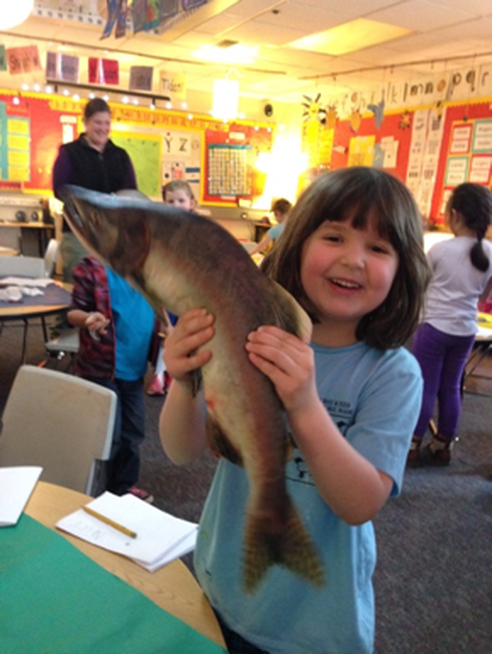
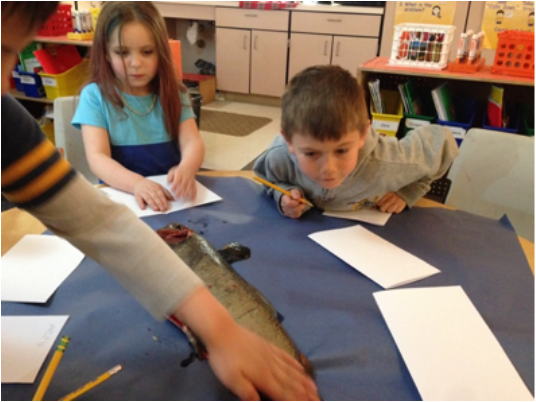
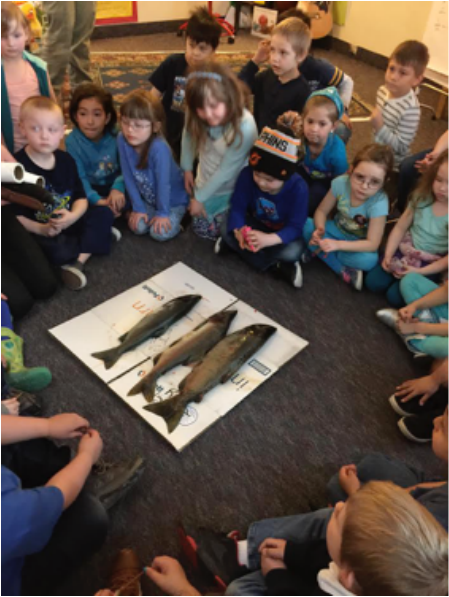
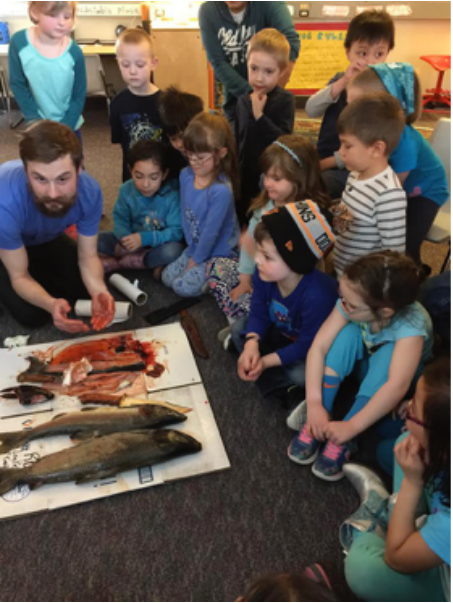
 RSS Feed
RSS Feed